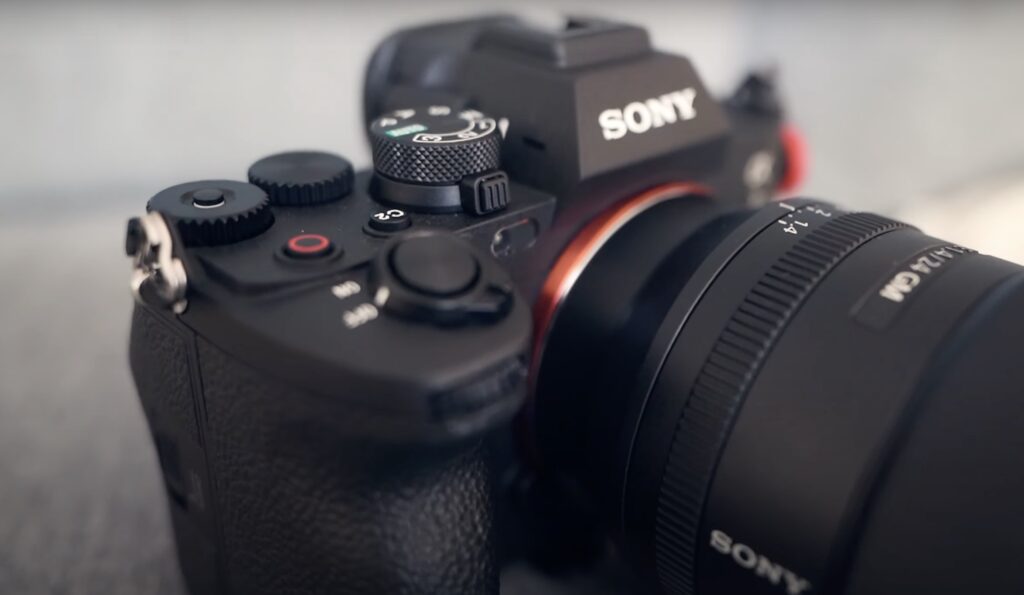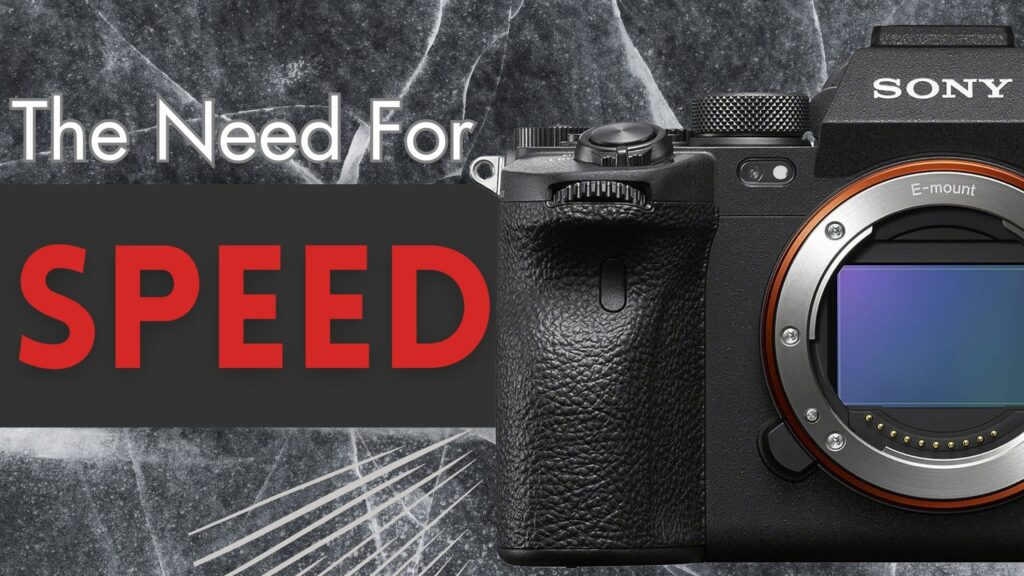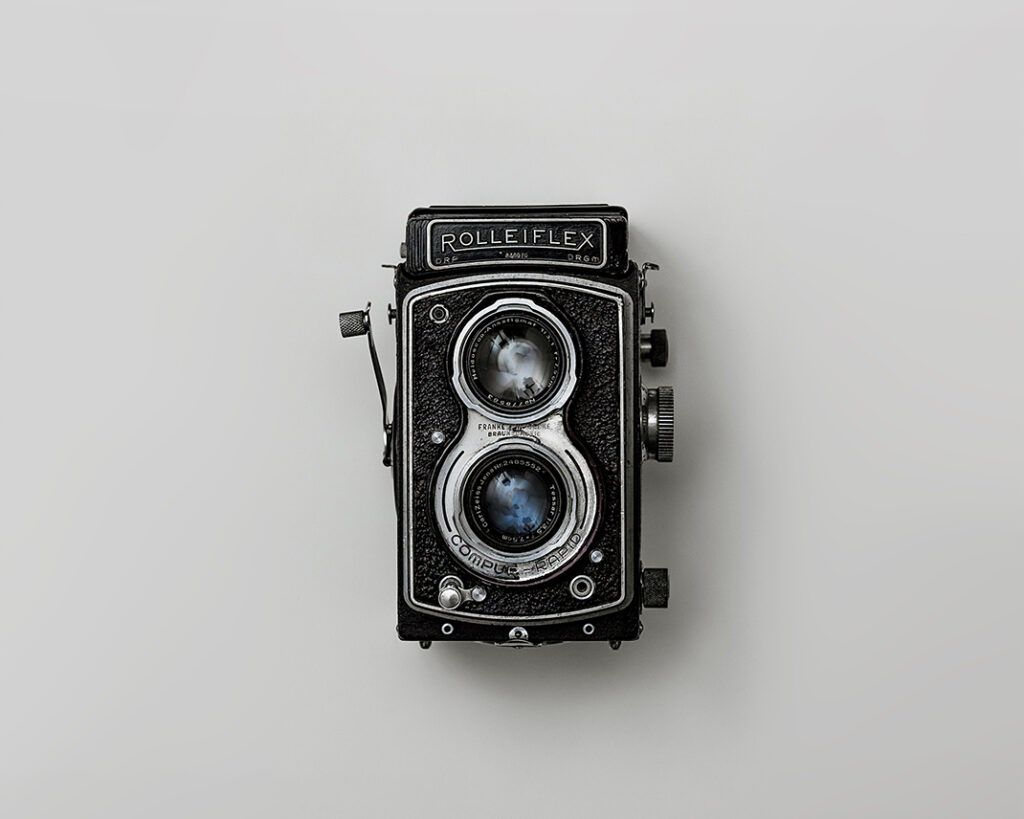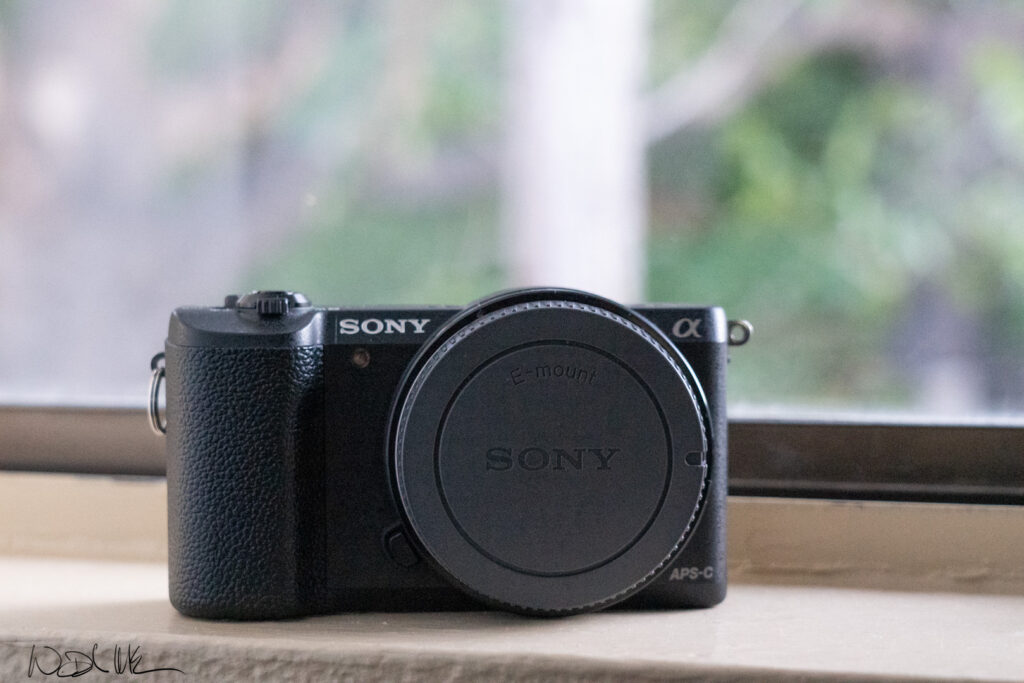Ever since the release of the Sony A9, professional photographers have been gravitating toward Sony with the improved eye autofocus and subject tracking that’s revolutionary. The Sony A1 has become the next leap forward in the camera industry for professionals, and it’s hands down one of the best cameras for speed.
It checks all the boxes for anyone shooting sports, events, portraits, landscapes, wildlife, and any other high-quality work.
But with all the other new camera updates and AI technology, is the Sony A1 still worth it?
If you’re a professional who primarily shoots action or you’re just someone who needs the ability to shoot everything, the Sony A1 is definitely worth it.
Sony A1
- 50MP Full-Frame Sensor
- Up to 30 fps Shooting, ISO 50-102400
- 8K 30p and 4K 120p Video
- 4.3K 16-Bit Raw Video
- 9.44m-Dot EVF
- 5-Axis SteadyShot Image Stabilization
What is the Sony A1 best used for?
The Sony A1 is best used for sports and action photography. It’s also one of the best general-purpose cameras because it can do it all.
Throw any subject at it, and the A1 can handle it – Sports, weddings, portraits, landscapes, astrophotography, and more. It’s a jack of all trades, and that’s the reason for the high price tag.
Although it’s a top tier performer, you probably wouldn’t buy a Sony A1 strictly for landscape photography, because the Sony A7RV is far better and less expensive.
There’s a reason why professional sports and Olympic photographers shoot with the Sony A1. There are few cameras that can compete.
Why the Sony A1 is still relevant with newer cameras
The Sony is still relevant today because the primary purpose of this camera is speed, resolution, and unhinged video performance.
The reason you buy this camera isn’t AI technology, it’s having the maximum frames per second, the ability to shoot 250 fps in video, and the best accuracy in autofocus and subject tracking.
Sony A1 VS A9
The main difference between the Sony A1 and the A9ii is frames per second, AF speed, and video capabilities. In the cart below I’ve compared the key differences.
| Specs | Sony A1 | Sony A9 ii |
|---|---|---|
| Frames per second (electronic shutter) | 30 FPS | 20 FPS |
| Frames per second (Mechanical shutter) | 10 FPS | 10 FPS |
| AF points | 693 | 759 |
| Megapixels | 50 | 24 |
| EVF | 9.44 million dots | 3.6 million dots |
| Video quality | 4k 60p, 10 bit 4.2.2 | 4k 30p 8 bit |
| Rolling shutter | Best in class | Mediocre |
| Weight | 737 g (1 lb 10.0 oz) | 678g (1lb 8.0 oz) |
| Price | $5604 | $4498 |
As you can see, the Sony A1 dominates in resolution, video performance, AF points and FPS with the electronic shuttery. It also has the best EVF in any mirrorless camera.
It’s an outstanding camera for what it can do, but there are still plenty of reasons to shoot with the Sony A9 or A9ii if you’re just shooting action.
Comparing the Sony A1 with the A7RV

The main benefit of the Sony A1 over the A7RV is the stacked sensor that improves the frames per second and focus accuracy.
The A7RV is no slouch, but the Sony A1 is the best of the best for a reason.
Now there are some huge caveats to saying that. The A7RV is going to give you a lot more megapixels and some AI performance with a better chip. It also comes with some great autofocus features with subject detection, but most of these features aren’t going to be used by seasoned photographers.
Professional photographers aren’t looking for new features as much as improving the existing features.
You can teach an old dog new tricks, but the tricks need to be easy to teach and some of these new AI features in the A7RV will take some time to learn.
4-axis monitor

Another reason to go with the A7RV is the flip/tilt screen. The new screen is larger but also more versatile, allowing every position imaginable for photographers.
It’s not just a flip screen, it can raise and tilt, and easily be tucked away from cables. After switching to a flip screen after years of using a tilt screen, I soon realized how much a enjoy the tilt screen, and I can say having this feature is pretty great for anyone doing hybrid shooting.
With that said, there are other options like field monitors that will eliminate the need for a flip screen. And the extra display bulk with the A7RV does make it a little less appealing.
All in all, both of these cameras are great, but the A1 is more for the professional who needs speed and consistency. The A7RV is for anyone who prioritizes resolution, stabilization, and the latest software features.
Reasons to choose the A1 over A7RV
Here are a few other reasons to get the A1 over the A7RV
- 30 FPS, 4k 120
- Dual drive mechanical shuttery
- 1/400 sec sync5 Ghz wifi, 1000 base ethernet
Autofocus on the a1 vs a7RV
Autofocus is an area where both cameras excel, but the Sony a1 is considered to have one of the most advanced autofocus systems in the market. It features a hybrid AF system with 759 phase-detection AF points and 425 contrast-detection AF points, covering a wide area of the frame. The AF system in the Sony a1 is known for its speed, accuracy, and subject tracking capabilities, making it suitable for a wide range of shooting scenarios.
The Sony a7R IV also has a highly capable autofocus system, albeit with slightly fewer AF points. It features 567 phase-detection AF points and 425 contrast-detection AF points, offering precise and reliable autofocus performance. While it may not have the same level of speed and coverage as the Sony a1, it is still highly regarded for its autofocus accuracy, particularly in still photography.
Which camera should you get?
If you’re still on the fence, listen to what Dan Higgins has to says about owning both cameras.
“I have the A1 and the A7R5. I mostly shoot action sports (soccer), some wildlife and landscape/nature. I prefer to use the electronic shutter. Generally I prefer the A1 due to the speed (it is more than simply the buffer but in fact all of the plumbing that clears out one shot and has the sensor ready for the next).
I frequently shoot 20 fps with the electronic shutter. Also the 120 focus/exposure calculations a second. I have tried the A7R5 for soccer but it just can’t keep up. Yes, you can get some shots but the A1 blows it away.
And I do prefer the external dials on the right side of the A1. And the flip out screen is not an issue when I shoot sports as I nearly always am using the viewfinder. Do I like the flippy/tippy screen on the A7R5? Absolutely – when I am shooting landscape and have the camera on a tripod.
And since the A7R5 is a less expensive camera I tend to use it when I am hiking, etc. I thought that the focus stacking on the A7R5 would be a big deal for me but I really haven’t used it.
I just do it the old fashion way. Ultimately I would like to see an updated A1. The articulating screen would be nice. I don’t do video so the double dial on the A7R5, etc. is irrelevant to me.
And an A1 with improved subject recognition (e.g. the A7R5 on steroids if it could do it 120 times per second) could be really cool. If Sony does come out with an A1 Mark 2, I will very, very likely sell the A1 and A7R5 and go to a single A1.”

Sony A1 vs A7Siii
The Sony A1 isn’t just for photographers as much as it is for videographers. There’s a reason the A1 is so expensive and it’s because it competetes directly with the Sony A7siii.
The Sony A7siii has one of the best low light sensors you can find for photo and video, but it’s only 12 megapixels.
The A1 is way more versatile with 50 megapixels, and the ability to be one of the best hybrid cameras for both photo and video. It may not have the low light sensor of the A7Siii, but it’s not bad.
Best alternatives to the Sony A1
The best Alternatives to the Sony A1 include the Nikon Z9 and Canon R3.
The Nikon Z9 has a 45 MP sensor and will shoot 20fps in RAW with a 1,000 shot buffer. It will also capture 30fps for JPEG. It does include a worse EVF with 3,690k dots.
The Canon R3 will capture 12 fps and 30 fps with the electronic shutter. It also has a 5,760k dot Electronic viewfinder. The most unique feature of the Canon R3 is eye control autofocus. The camera will literally track your eye movements and identify what you’re looking at.
Sony A1 vs Nikon Z9
The main difference between the Sony A1 and the Nikon Z9 is weight and resolution. The Nikon Z9 weighs 1340 grams weighs while the Sony A1 weighs 747 grams.
The Sony has 49 megapixels while the Nikon has 45, but this makes no difference in my opinion.
The Sony will also shoot 240 FPS in video at 1080p while the Nikon will only shoot 120.
That’s really about it. Both cameras are very similar, but I prefer the Sony because of the weight, size, and lens selection.
Summary
If you’re mostly focused having the best hybrid camera and the fastest autofocus, the A1 beats most cameras on the market. If you don’t need the fastest autofocus speeds, there are much more affordable cameras out there like the A7RV or A7IV.
But if action is your thing, the A1 is the top camera in this category.
I hope this was helpful. Subscribe below to learn more about what’s next in photography.








